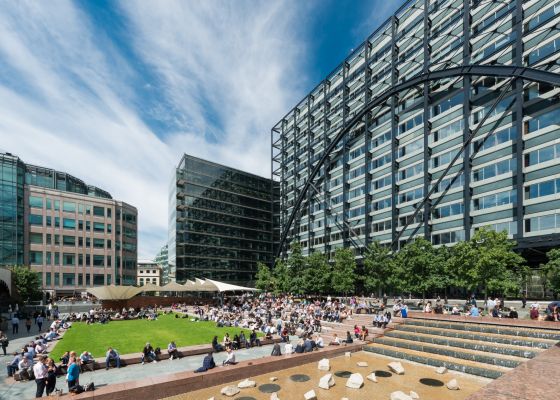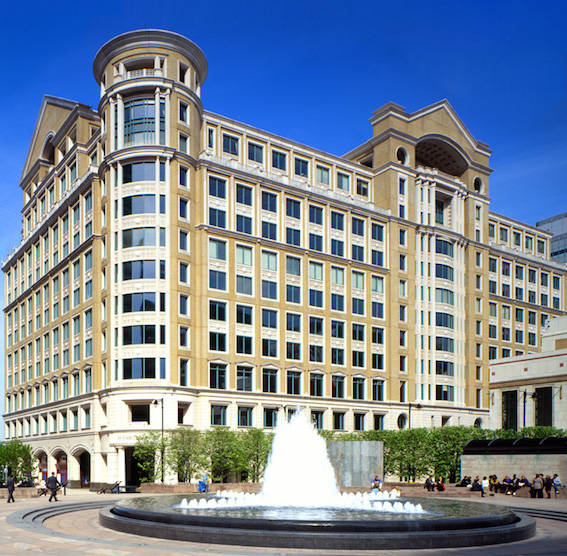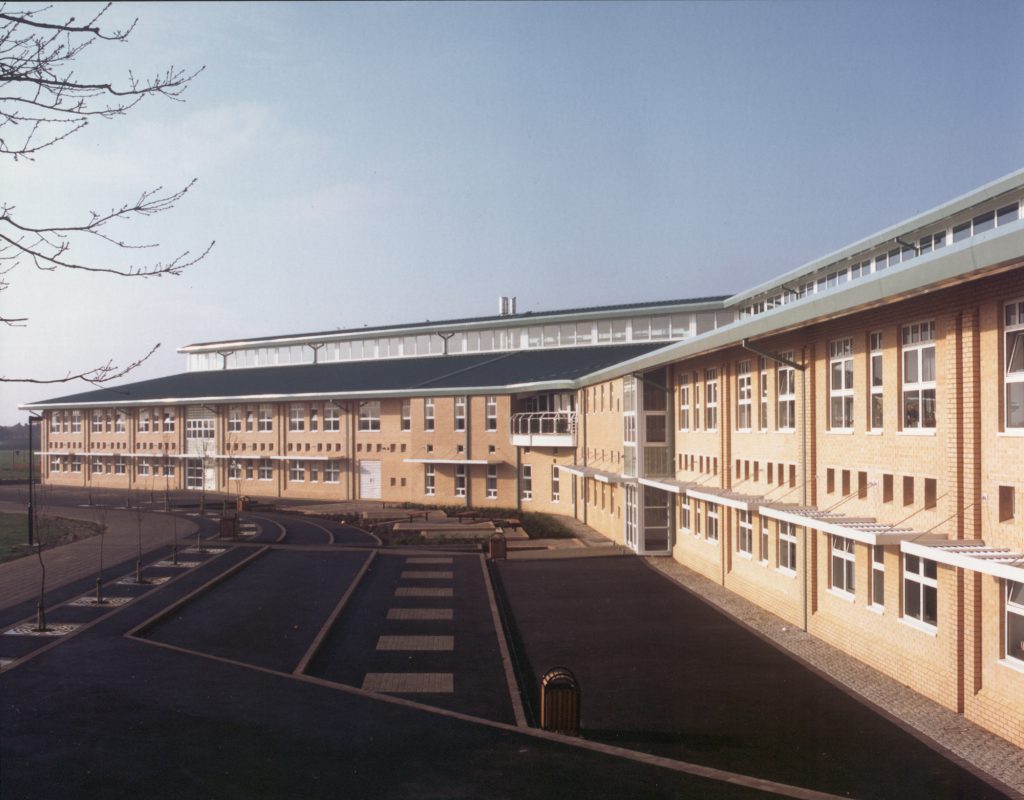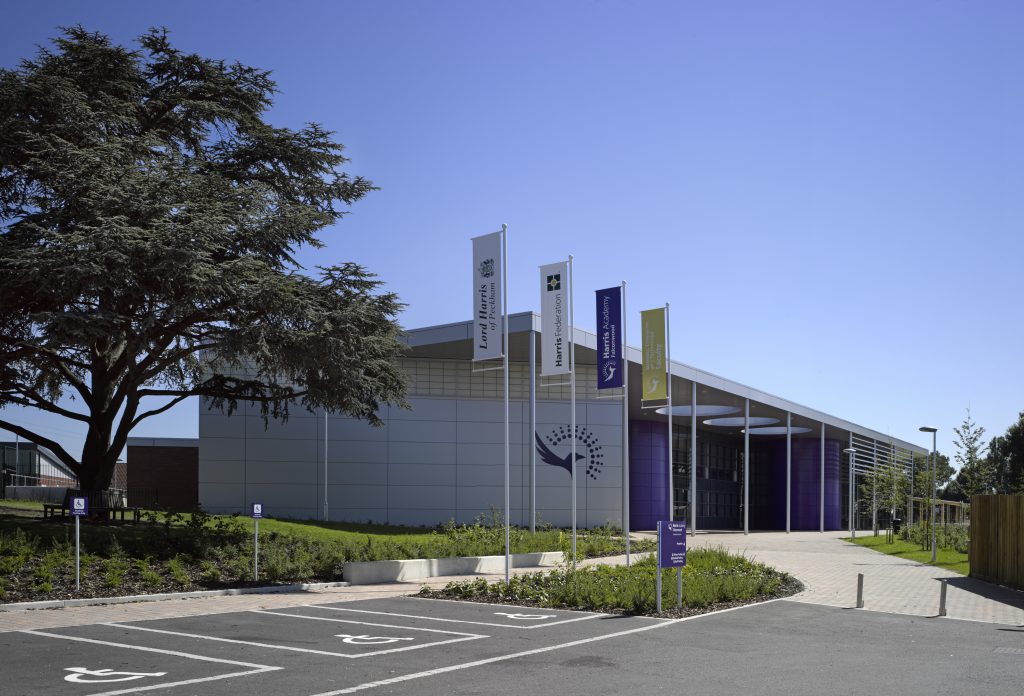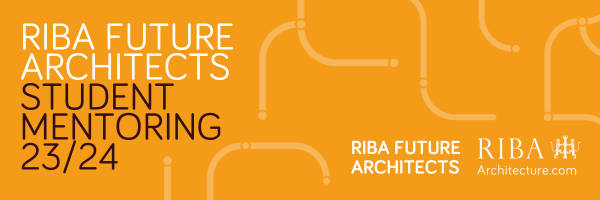In a new series of blogs titled ‘In Depth with a Director’, we interview our directors and find out more about how they started their career and where they see the future of our industry.
Next in the series is Director Alan Johnson.
Growing up did you always want to be an Architect?
Not exactly! Going through secondary school, art in all forms was always my passion and initially, I had thought about a career in commercial design. It was, however, during sixth form when I studied the history of architecture at A level under a tutor who was passionate about the subject and had travelled widely with a huge collection of slides, that I became inspired to become an architect. From that point, I developed a passion for architecture which has stayed with me to the current day!
When did you first start at Noviun?
Well there is a bit of a story to that question!
Having relocated to West Sussex in the early 1990s from London, I took over the role of Architectural Team Leader for West Sussex County Council, based in Chichester.
The early 90s was a time when local authorities were looking at outsourcing their professional services. The West Sussex architectural department was a 40 strong multi-disciplinary practice and the route taken was that of a voluntary transfer into the private sector, where the existing staff had a say in their new employer.
The contract was awarded to what is now Noviun, setting up an independent office in 1997, and the practice has gone from strength to strength since then.
What was your role?
I was appointed the initial Director of the Chichester office from its inception in 1997, forming a board with Ed Keelaghan and Ian Hurlstone, and the three of us have remained the founding members of the practice since then.
Over the last few years we have set in process an evolving structure by promoting existing staff to director and associate level to constitute the current management team.
What were your expectations of the industry when starting out?
Like most architects starting out in the real world after qualification, I soon realised that my 7 years of training had not prepared me for the reality of practice. I recognised that I needed practical training and experience on how to fundamentally detail buildings and I was lucky to have a great mentor in my first job. He taught me the reality of the architectural adage that ‘every drawn line should have a meaning’ and that all buildings have the same fundamental requirements for keeping air and water out and heat in.
My first four years post qualification were based in a North of England specialist housing practice which gave me a great grounding in traditional construction. However, I always had a motivation to work on large scale design and construction projects and I was particularly interested in high-rise buildings. I therefore moved to London to fulfill this ambition and was fortunate to work with such major practices as Seiferts and Skidmore Owings & Merrill (SOM) throughout the building boom of the 1980s.
This period fundamentally changed my expectations of the construction industry and the role of the architect. Working with the American practice SOM gave me the experience of completely different procurement routes, such as construction management, and how the architect’s role would become a ‘design facilitator’ supported by special sub-contractors.
I also thought during this time that the era of large-scale off-site prefabrication would become the norm within 5-10 years, but the reality is that large sections of the construction industry still operate very traditional processes as they always have, with ultimately the same level of quality being achieved.
How has the industry changed over the years?
The biggest change I have experienced through my career has been the continual erosion of the architect’s role as leader of the design and procurement of buildings. When I started out, traditional procurement was the norm and the architect had a clear role and was respected as the leader of the process.
However, in times of financial restrictions, the traditional contract was often used as a claims mechanism which gave clients no confidence in the control of their budgets. The design and build procurement route quickly found favour, particularly in the public sector. Unfortunately, the bi-product of D&B was the ever-diminishing role and respect for the architect within the procurement process and today we are often treated as just another sub-contractor!
The other major change during my career has been the development of computer aided design technology. I got my first insight of the potential when working in SOM’s Chicago office in the early 1990s, with SOM having developed their own design software and with their architects designing in 3D from the outset. Noviun has always recognised the importance of employing the latest thinking in CAD technology and the move to 3D design some eight years ago was pivotal in positioning us as one of the UK’s leading practices of today. We are now seeing a new generation of design, technical and construction staff who are embracing the benefits of the digital era within construction.
How has your role shifted in that time?
It has always been accepted that the longer architects are in practice, the less they get involved in the design of buildings and the more you get involved in management. My experience has been no different!
I learnt a lot of my practice fundamentals from SOM who believed that the day of the all-round architect would disappear and that each architect should specialise in their ability – either design, technical or management. The underlying principle was, however, that to manage at any level, you must be able to perform the jobs you are delegating, from document control to design and technical work.
The Noviun philosophy has, however, always been for the directors to be actively involved in every project going through the office which keeps their knowledge base current and relevant, as well as providing our clients with a clear leadership structure. This has helped balance my project and management time.
Finally, I believe all architects have a duty to pass on their experience to the next generation, so in more recent times I have enjoyed the role of mentoring young architects and conveying some of my knowledge base to them, as well as the wider Noviun team.
What do you believe sets Noviun apart in the industry?
Having worked for large multi-disciplinary practices and seeing the positives and negatives of this integrated working approach, my ambition for us has always been to create a collaborative working team of architects and technologists who are striving to be the best and who fully embrace the future of digital design technology. The practice has developed a national reputation on the back of its educational expertise, which has provided the office with the platform it has now achieved.
Fundamentally though, the strength of any practice is its people and we have always put a huge emphasis on people skills. I believe we have now developed a practice which has a highly skilled collaborative workforce, fully integrated with the latest design technologies that can compete with the top UK practices.
What do you see as the biggest challenges to the industry currently?
I believe the construction industry faces a number of major challenges which unfortunately are all coming together at the same time to produce the perfect storm, three of which I have highlighted below.
Climate change: is obviously going to be key going forward and the construction industry will have an important role in leading on this issue from both the design and construction processes. I believe this will fundamentally effect building design and construction going forward.
Grenfell: the fall-out from the inquiry will have wide ranging implications across the design and construction sector. It will challenge the appropriate competency and relevant experience of staff working on projects, the role of the architect within the procurement process, and the robustness of QA.
Covid-19: the coronavirus will without doubt challenge all aspects of business and communications in the future. The way therefore, that practices operate on a day-to-day basis may never be the same, with the benefits of technology being utilised to the full.
To survive the above issues, design practices and construction companies will need rapidly to adapt their systems and approaches to the new marketplace.
Where would you like to see the practice in 5 years?
From setting up the practice in 1997, I am proud to say that Noviun will soon be celebrating 25 years. My aspiration has always been to create a centre of architectural and technical expertise outside London. During the evolution of the practice, the aim has been to establish three key strengths.
Firstly, people will always be our greatest asset, therefore the objective has been to develop an office culture and environment which attracts the best architects and technologists and is a practice in which they can develop both personally and professionally. We have also always been aware of our staff’s health and wellbeing, and the stresses that architects’ practices work under, so getting the work-life balance correct and having down-times and regular staff socials has been key to that philosophy.
Secondly, to continue to build a portfolio which attracts the top UK clients and contractors with projects which constantly stimulate and challenge our design and technical teams.
And thirdly, I have always believed that for an architectural practice to be successful at the highest level, it is vital that the office has available the latest design technology in which everyone is fully conversant.
In addition to the above, I have always been a supporter of flat management structures with internal promotions which I believe is what we have created at Noviun to take the practice forward over the next twenty-five years and beyond!
I believe the practice is in a strong position going forward, whatever economic conditions prevail. I would hope to see a further expansion of our client base within the social sectors in which we specialise and retaining our market leading position in the education sector, whilst at the same time further promoting social responsibility through our architecture.
Thank you to Alan for taking the time to answer our questions and check back soon to read more In Depth with a Director blogs about our other Directors at the practice.



